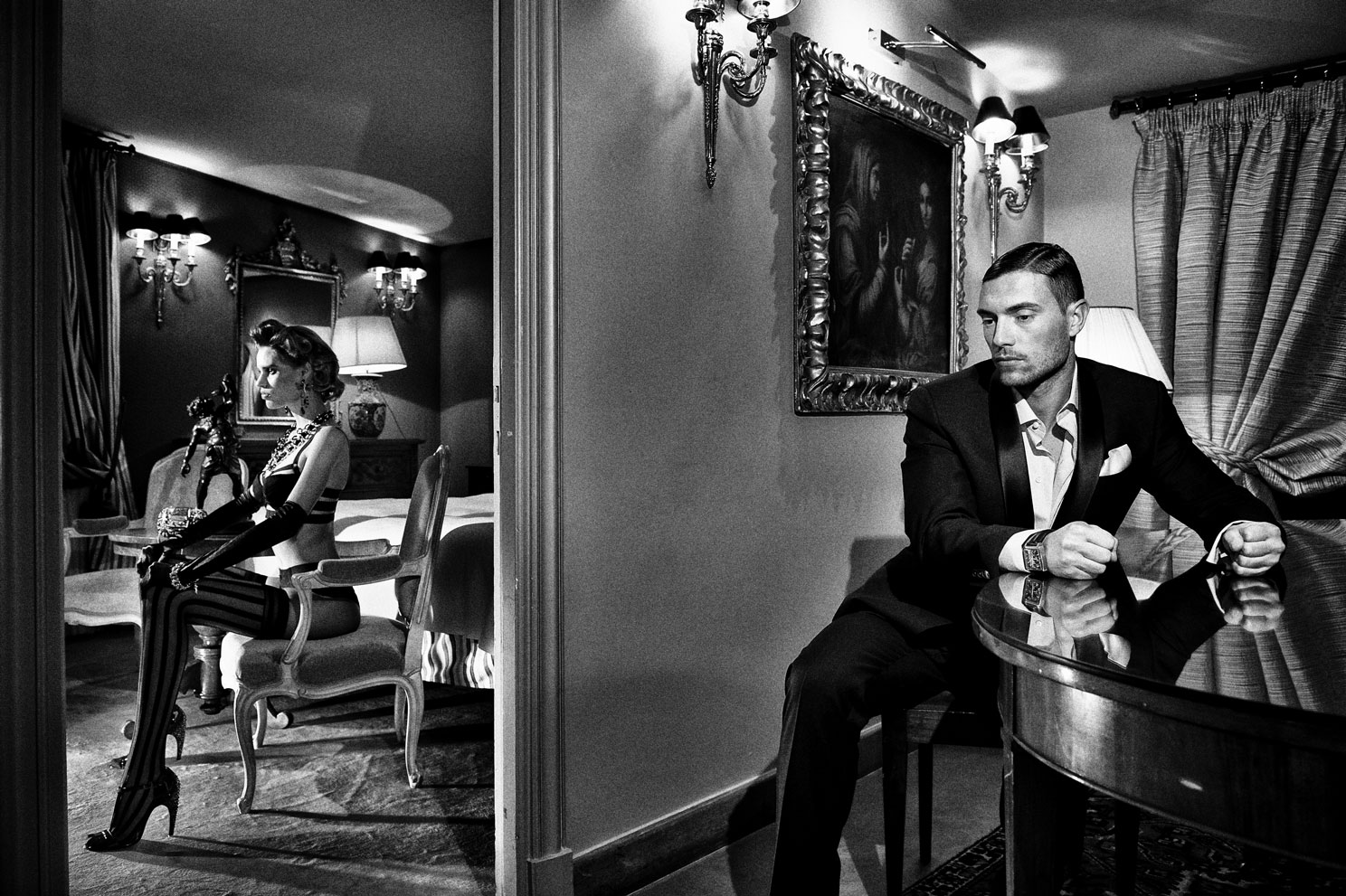The importance of the website for those who refuse to let their work be scrolled away
I refuse to be governed by the logic of social media. I don’t let an algorithm dictate the rules, the timing, or least of all, the style. My photography lives elsewhere: on my website. That’s where it truly happens. That’s where I play the game.
A coherent, lucid statement, and at this historical moment, dangerously on point.
I say ‘dangerously’ because it pushes back against the system’s dominant inertia, exactly why it carries enormous strategic weight. Refusing the logic of social media means withdrawing from an attention economy that thrives on immediacy and undermines depth. Focusing everything on one’s own website, with one’s own timing, language, and aesthetics, is an act of cultural sovereignty. An almost revolutionary act in today’s landscape.
Now, however, we must look at the situation through a pragmatic lens. It’s legitimate to say “I refuse to be governed by the logic of social media” but it carries a price. It means cutting out a piece of potential visibility. That’s acceptable only if there’s a real alternative, not a theoretical one. Otherwise, it becomes the excuse of a frustrated anti-system type who “just doesn’t get social media.” So, caution: such a declaration must be backed by a muscular editorial strategy. The site must be strong, with a clear identity, a positioning that selects rather than chases.
That way, it’s no longer a childish rejection of the system; it becomes a cultural positioning strategy. You’re not stepping out of the game whining, you’re simply playing on a different field where you are the context rather than the content.
Social media, after all, turn the author into a supplier of fragments. They instill a form of cultural and operational dependency in a subtle way, and they contribute to the impoverishment of visual language. The platform ends up controlling language, rhythm, aesthetics, and even value perception. The photographer, but this applies equally to designers, writers, musicians, adapts, chases short-term visibility, and stops building something truly their own—no longer owning even their own imagination.
Therefore, an act of disintermediation is necessary: from hosted space to proprietary space.
To disintermediate means eliminating the intermediaries between oneself and their audience. On social media, one doesn’t truly have an audience; one has followers subject to algorithmic intermediation. Visibility is conditioned, modulated, often monetized by others.
On a personal website, by contrast, the relationship is pure: those who enter do so by choice. You have full control over space, rhythm, aesthetics, and experience. No one modulates visibility, imposes exposure time, or dictates the trend. Here, the author is not a guest; they are the entire system.
The web, before the advent of social media, was a more authorial space. Then it became a sprawl of platforms. This shift disintegrated the very concept of presence. Today, the author no longer has a home; they inhabit rented spaces governed by internal logics that deliberately exclude authorship. The choice is to reclaim the only space where the author becomes both center and perimeter of their own work.
It’s here that the initial declaration takes on immense power, beyond marketing or whining, and becomes a cultural act. It says: my aesthetic doesn’t adapt. It imposes itself. My work is not for sale, euphemistically, to the highest compulsive scroller. And that is sharp. Subversive, even. Because it goes against the toxic mythology of visibility at any cost.
When one declares, “Everything revolves around my website,” they are not just pointing to a place; they are drawing a filter. Those who truly want to see what you do must go there. They must choose to enter and stay.
In other words, one is building an audience willing to seek quality that chooses and attributes value. This is what distinguishes a true author from one of the many social media content creators who, on the contrary, beg for attention between a reel and an ad, collecting followers who interact out of habit and algorithm. We’re talking about a strategy that selects an audience without chasing it. But this choice requires a well-structured program. One’s site must breathe, move, shed its skin. It must have the power of an independent magazine, a recognizable voice and form, and the tension of a living work. You can’t afford for your site to be just a static showcase. It must be a space where things happen—editorial, photographic, conceptual—generating long-term memory.
Otherwise, the initial declaration becomes a renunciation.
At this point, social media must be downgraded, treated as satellites, used to channel attention while shifting the gravitational center of one’s online presence to one’s own space: conceptual, aesthetic, and strategic, durable over time without the risk of being wiped out with the next algorithm change or, worse, the platform’s shutdown.




